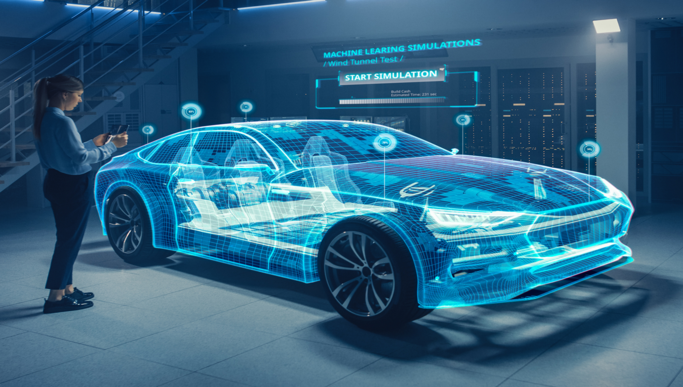Upcoming Conferences
Future of Robotaxi Market
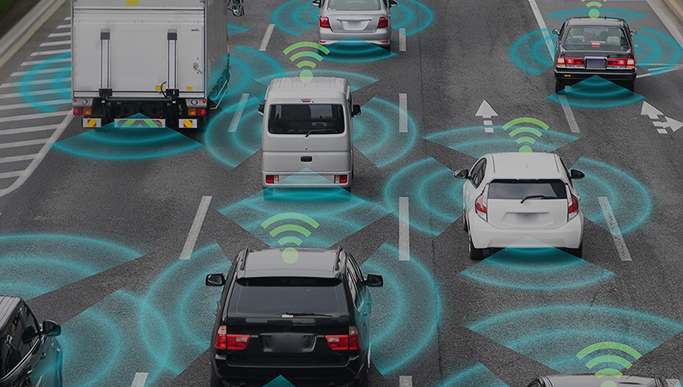
Over the past year, the Robotaxi market has generated significant momentum in the mobility sector. From Waymo expanding into new cities to Tesla launching its robotaxi services, and Chinese operators targeting the Middle East, the race is well underway. Global players including new entrants like Amazon are now focusing on autonomous taxi operations as a way to redefine urban mobility.
Cities remain the most critical enablers for scaling robotaxi services. While the US, China, and the Middle East are leading, Europe is rapidly catching up. Interestingly, not just Tier 1 but also Tier 2 cities worldwide are preparing for seamless robotaxi integration.
At the same time, new business models are emerging, ranging from vertically integrated approaches to aggregator and peer-to-peer models. The cost of autonomous vehicle technology, operations, and maintenance is expected to drop by more than 4X over the next decade, particularly in mature markets like the US. By 2035, robotaxi fares could fall below the average taxi fare.
This event will explore these trends and key questions as the robotaxi market moves from buzz to business reality.
Past Conferences
FUTURE OF ROBOTAXI MARKET ROUNDTABLE

Over the past year, the Robotaxi market has generated significant momentum in the mobility sector. From Waymo expanding into new cities to Tesla launching its robotaxi services, and Chinese operators targeting the Middle East, the race is well underway. Global players including new entrants like Amazon are now focusing on autonomous taxi operations as a way to redefine urban mobility. Cities remain the most critical enablers for scaling robotaxi services. While the US, China, and the Middle East are leading, Europe is rapidly catching up. Interestingly, not just Tier 1 but also Tier 2 cities worldwide are preparing for seamless robotaxi integration. At the same time, new business models are emerging, ranging from vertically integrated approaches to aggregator and peer-to-peer models. The cost of autonomous vehicle technology, operations, and maintenance is expected to drop by more than 4X over the next decade, particularly in mature markets like the US. By 2035, robotaxi fares could fall below the average taxi fare. This event will explore these trends and key questions as the robotaxi market moves from buzz to business reality.
FUTURE OF ROBOTAXI MARKET ROUNDTABLE
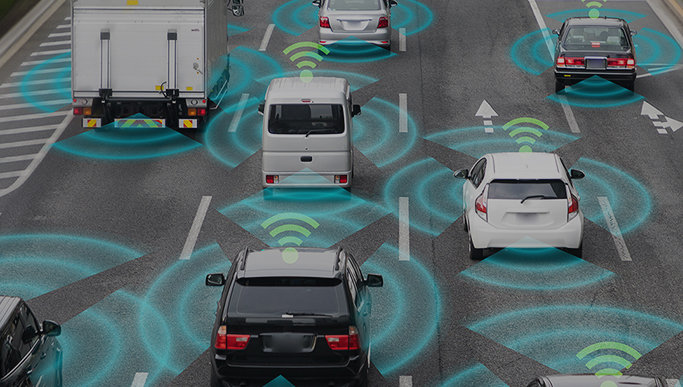
Over the past year, the Robotaxi market has generated significant momentum in the mobility sector. From Waymo expanding into new cities to Tesla launching its robotaxi services, and Chinese operators targeting the Middle East, the race is well underway. Global players including new entrants like Amazon are now focusing on autonomous taxi operations as a way to redefine urban mobility.
Cities remain the most critical enablers for scaling robotaxi services. While the US, China, and the Middle East are leading, Europe is rapidly catching up. Interestingly, not just Tier 1 but also Tier 2 cities worldwide are preparing for seamless robotaxi integration.
At the same time, new business models are emerging, ranging from vertically integrated approaches to aggregator and peer-to-peer models. The cost of autonomous vehicle technology, operations, and maintenance is expected to drop by more than 4X over the next decade, particularly in mature markets like the US. By 2035, robotaxi fares could fall below the average taxi fare.
This event will explore these trends and key questions as the robotaxi market moves from buzz to business reality.
FUTURE OF ROBOTAXI MARKET

Over the past year, the Robotaxi market has generated significant momentum in the mobility sector. From Waymo expanding into new cities to Tesla launching its robotaxi services, and Chinese operators targeting the Middle East, the race is well underway. Global players including new entrants like Amazon are now focusing on autonomous taxi operations as a way to redefine urban mobility.
Cities remain the most critical enablers for scaling robotaxi services. While the US, China, and the Middle East are leading, Europe is rapidly catching up. Interestingly, not just Tier 1 but also Tier 2 cities worldwide are preparing for seamless robotaxi integration.
At the same time, new business models are emerging, ranging from vertically integrated approaches to aggregator and peer-to-peer models. The cost of autonomous vehicle technology, operations, and maintenance is expected to drop by more than 4X over the next decade, particularly in mature markets like the US. By 2035, robotaxi fares could fall below the average taxi fare.
This event will explore these trends and key questions as the robotaxi market moves from buzz to business reality.
4th Annual MarketsandMarkets Auto-Tech: Next Gen Conference Time Zone - EASTERN STANDARD TIME (EST)
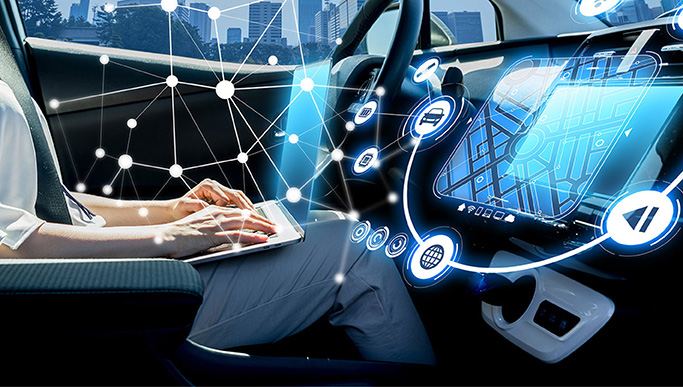
Digitization, growing robotics, and modern business models have revolutionized most sectors, especially the automotive industry. Linked cars with automatic piloting have forced the digitalisation of the automotive industry, showing the undeniable value of data in automotive market.
Growing interest in 3D printing in the automotive industry, starting from the possibility of fast prototyping, this technology is proving vital role in the industry.
MarketsandMarkets World ADAS & AD Conference ( Time Zone - CENTRAL DAYLIGHT TIME (CDT)

What is the future of technology in the Automotive industry? Automotive companies are embracing connected and smart technologies to offer safer and future-ready vehicles by investing in Advanced Driver Assistance Systems (ADAS). The battleground to win the customers is one of the driving forces for automotive manufacturers and OEMs to adopt the technology and lead the marketplace. However, the safety concerns and regulations around autonomous vehicles, communications systems, etc are limiting the acceptance of the technology.
2nd Annual MarketsandMarkets AI in Automotive Conference
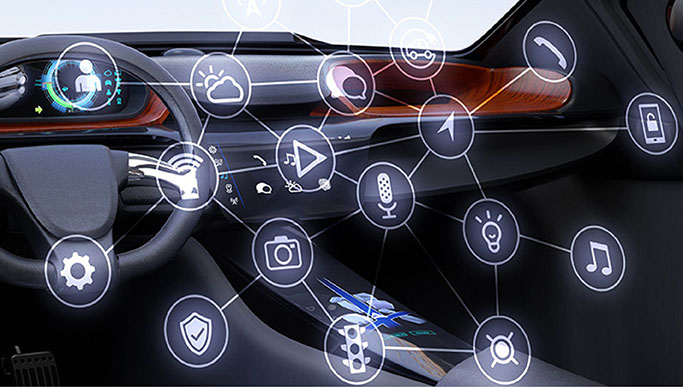
Artificial Intelligence (AI) is changing the ecosystem in the automotive industry along with other applications in everyday life in 21st Century. The battleground to win the customers is one of driving force for automotive manufacturers and OEMs to adopt the new technology and lead the marketplace. After the success of inaugural congress held in Silicon Valley in May 2018, this year, we are aiming to provide a platform to experts from automotive industry, academia, and government institutions discussing the innovations, challenges, and future aspects of innovative technologies in automotive.
